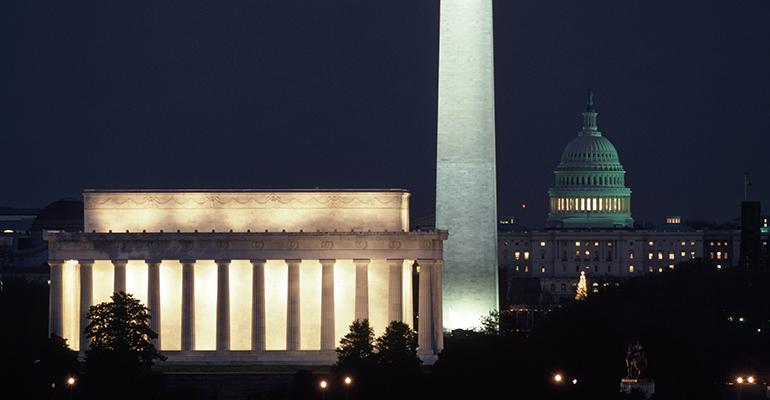Restaurants and bars contributed to 13.8% of COVID-19 outbreaks in Washington, D.C. from Aug. 1 to Nov. 26, the city’s Health Department revealed in contact-tracing data released on Monday. In the data — which ranks setting types by number of outbreaks — restaurants and bars tied with childcare and daycare with 15 outbreaks over the nearly-three-month period studied, K-12 schools were linked to 17.4% of outbreaks (19 in total), while colleges and universities were tied to the most outbreaks with 30 (27.5%) in total.
The contact tracing data also revealed:
- Food/retail buildings (like supermarkets and grocery stores): 9 outbreaks (8.3%)
- Office buildings: 8 outbreaks (7.3%)
- Congregate residential building (group homes and substance abuse homes, excluding private apartment complexes): 5 outbreaks (4.6%)
- Construction sites: 3 outbreaks (2.8%)
- Places of worship: 2 outbreaks (1.8%)
- Community/social services buildings (housing assistance and food distribution programs): 1 outbreak (0.9%)
- Personal care services (hair salons, barbers, nail salons, spas): 1 outbreak (0.9%)
- Retail: 1 outbreak (0.9%)
The Washington, D.C. Department of Health clarified that their contact tracing data is collected through “case investigations initiated by reporting from community settings” including interviews with businesses and interviews for individual COVID-19 cases, where they collect information on the address/time of a visit to that business.
The report did not include data from healthcare facilities and private homes like houses and apartment complexes.
“The outbreaks data and exposure data are two different things,” Washington, D.C. mayor Muriel Bowser said in a press conference on Monday. “The outbreak data is locations-based, and the exposure data is activities-based so that’s where the difference is coming from. It allows us to create a big picture.”
For example, Washington, D.C. exposure contact-tracing data from October found that one in four people who tested positive had recently gone to a social event.
While private gatherings (birthday parties, family gatherings and weddings) have been named as one of the leading causes of growing infection rates, experts warn against placing a majority of the blame on private individuals and families, according to The New York Times. For example, Colorado’s most recent contact-tracing data found 81 cases linked to social gatherings, while thousands were attributed to corrections facilities and colleges/universities, and 450 cases to restaurants and bars.
A November Stanford University-led study that named indoor businesses like restaurants and bars as the major cause of COVID-19 superspreader events, was criticized by the restaurant industry for using predictive models rather than real-world contact tracing.
In contrast, Washington, D.C.’s Office of the District of Columbia Auditor recently assessed the accuracy and quality of the D.C. health department’s contact tracing data thus far and found it to be “strong” and “helpful.”
"We welcome the new data on COVID outbreaks shared today, and the new information on exposure activity," D.C. Auditor Kathleen Patterson told Newsweek. "In the COVID environment each of us has to make our own risk assessment—what we can and can't do, safely, or relatively safely."
Contact Joanna Fantozzi at [email protected]
Follow her on Twitter: @JoannaFantozzi





